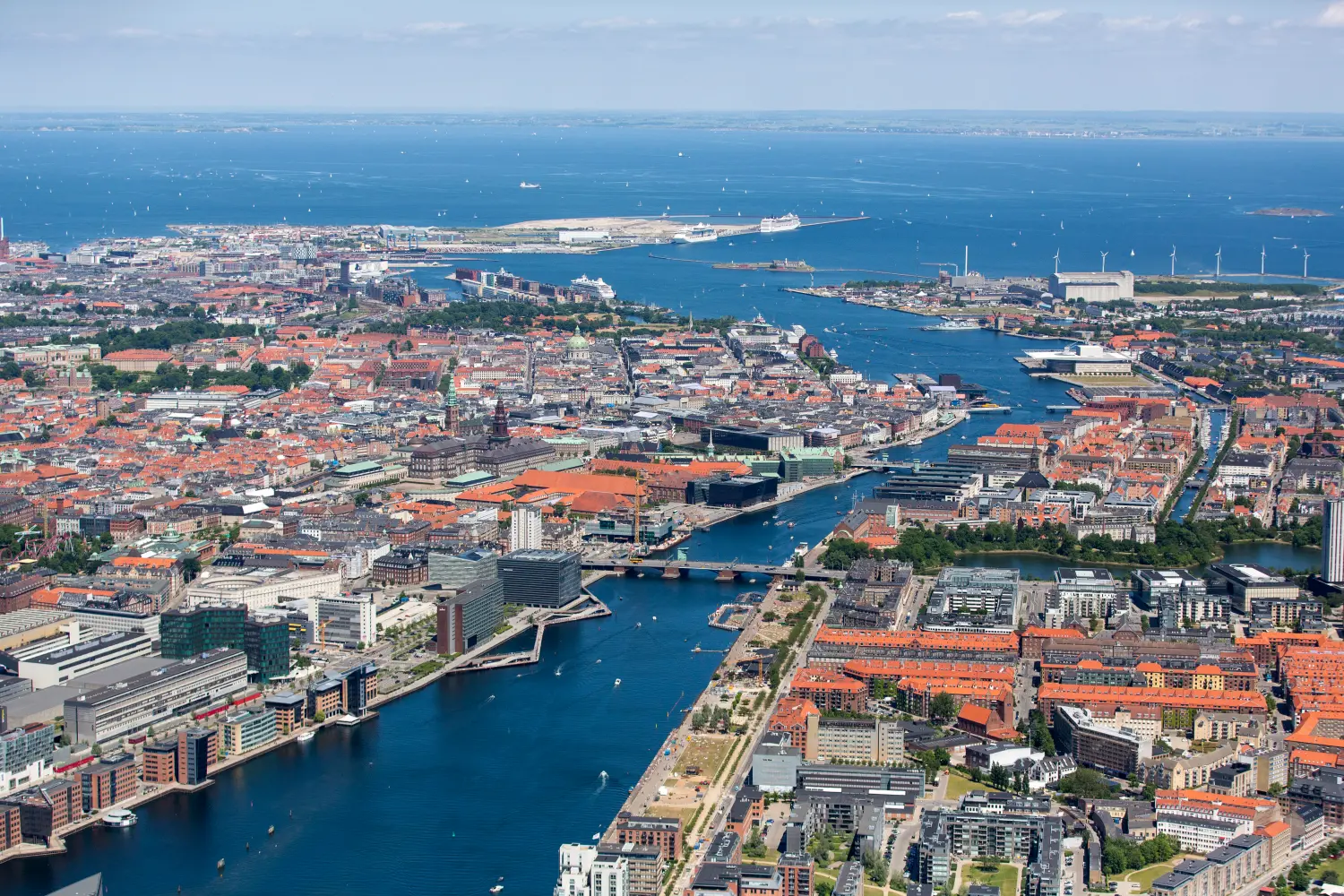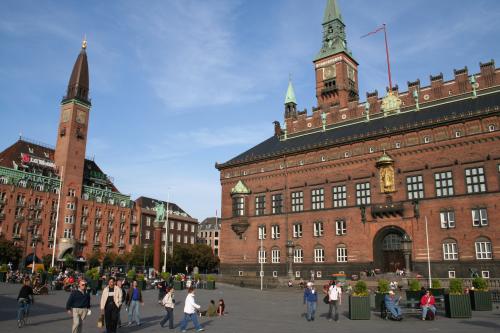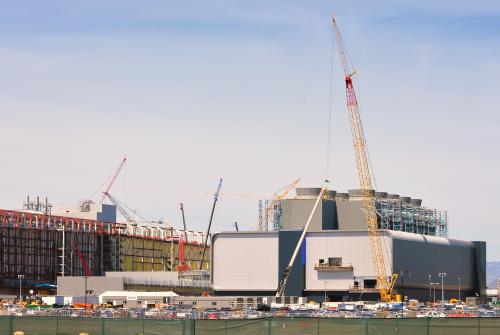Cities across the world face increasing demands at a time when public resources are under enormous pressure. Many older cities, in particular, are plagued by outdated transportation and energy infrastructure and underutilized industrial and waterfront areas, all of which need to be upgraded for a radically changed economy. This has sent many U.S.—and global—cities scrambling to find new vehicles for infrastructure finance given the unpopularity of increasing taxes and the unpredictability of national and state governments.
To revive their flagging city in the late 1980s, a coalition of national and local officials laid the groundwork for the Copenhagen (CPH) City & Port Development Corporation. Its success provides a 21st-century model for global urban renewal.
This paper explores how the Copenhagen model can revitalize cities and finance large-scale infrastructure by increasing the commercial yield of publicly owned land and buildings without raising taxes. The approach deploys an innovative institutional vehicle—a publicly owned, privately run corporation—to achieve the high-level management and value appreciation of assets more commonly found in the private sector while retaining development profits for public use. The model reflects what Dag Detter and Stefan Fölster describe in their forthcoming book, “The Public Wealth of Cities” (Brookings Institution Press, 2017), as capitalizing on unknown or radically undervalued and underleveraged assets.
Combining strategic zoning, land transfers, and revenue-generating mechanisms, this model has helped spur a remarkable transformation of Copenhagen over the past 25 years from an ailing manufacturing city to one of the wealthiest cities in the world. It has made Copenhagen’s industrial harbor a vibrant, multipurpose waterfront while channeling the proceeds of land disposition, revaluation, and development to finance the construction of an expanded metro transit system.
The Copenhagen public/private corporate model combines the efficiency of market discipline and mechanisms with the benefits of public direction and legitimacy.
The Copenhagen public/private corporate model combines the efficiency of market discipline and mechanisms with the benefits of public direction and legitimacy. The model enables large-scale regeneration to be conducted in a more efficient and streamlined manner than can be done by public authorities alone.
In this first in-depth case study of CPH City & Port Development, the corporation’s evolution and accomplishments are examined in their historic, political, and economic contexts. The corporation’s recent North Harbor redevelopment project is used to illustrate how it conducts business in close collaboration with local government, real estate developers, pension funds, and other urban stakeholders. Finally, the case study captures and codifies the political, institutional, and financial features that have enabled CPH City & Port Development to be successful and globally instructive.









